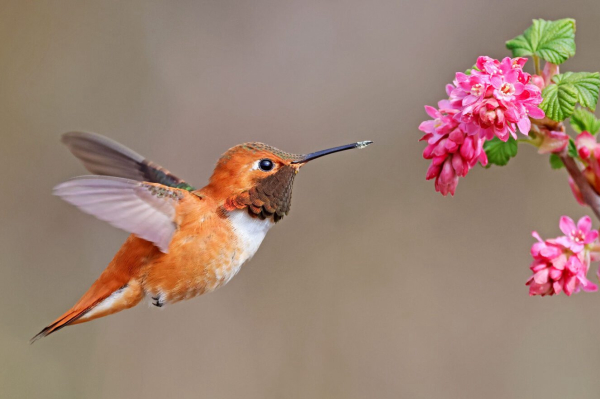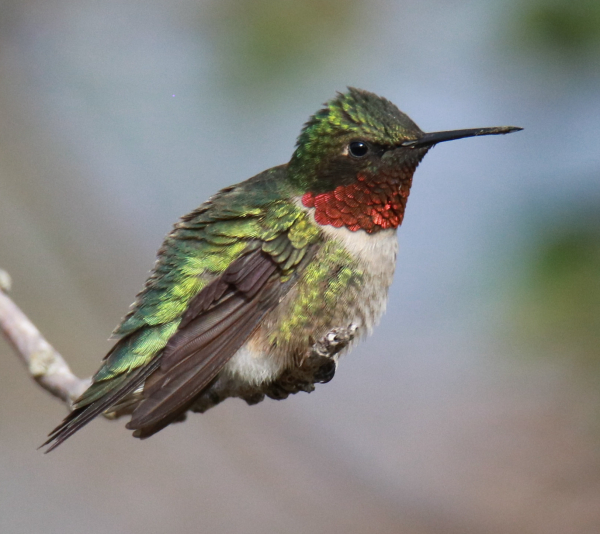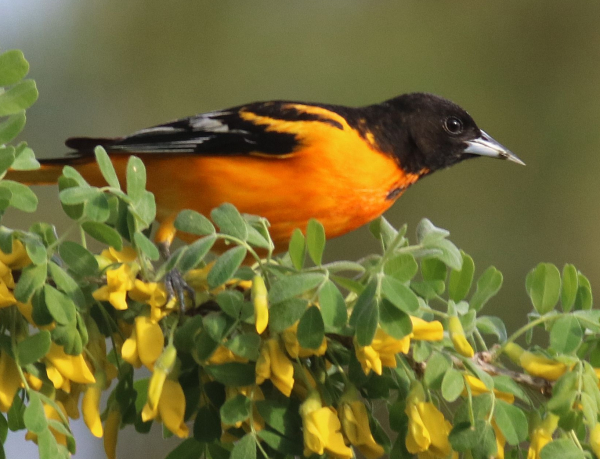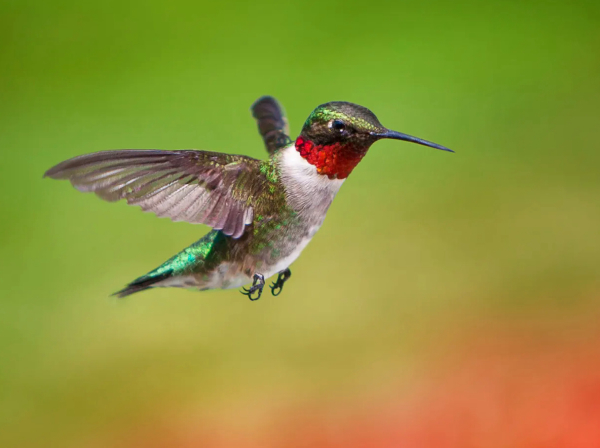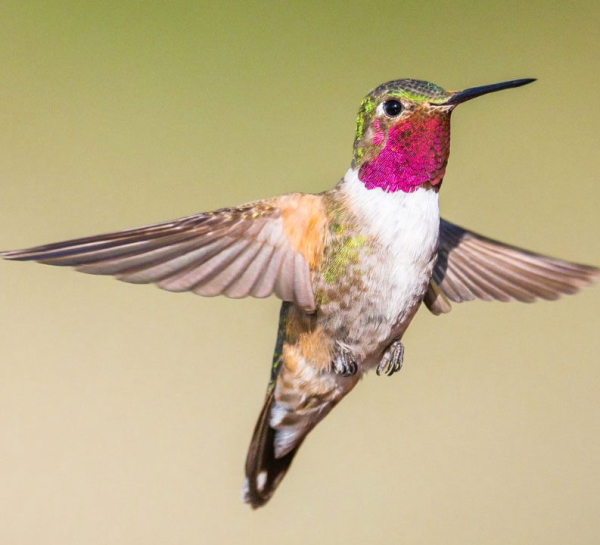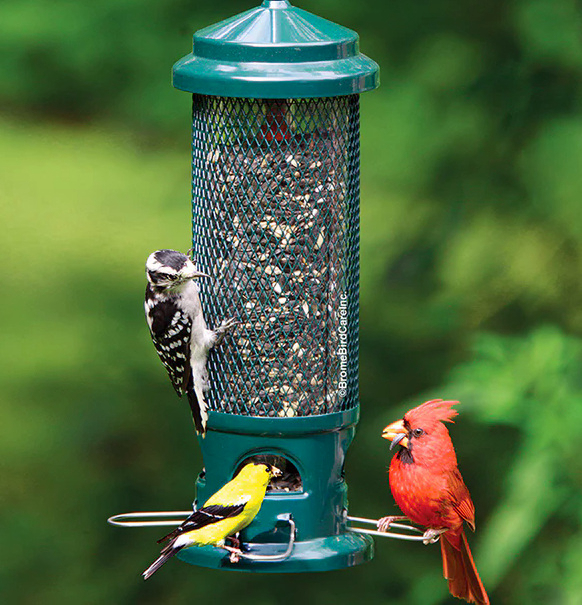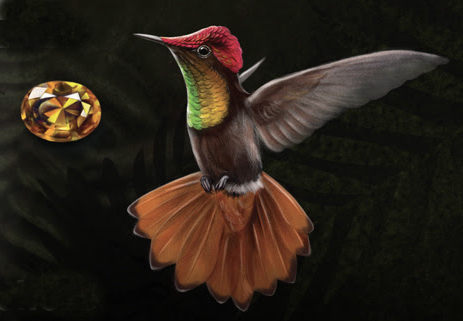Four Hummingbird Feeder Hints
With hummingbird feeding season in full swing and sizzling summer temperatures looming, biologists with the Oklahoma Department of Wildlife Conservation’s Wildlife Diversity Program offer the following hints for a successful hummingbird season.
Fill Feeders Weekly
“We recommend refilling and cleaning your hummingbird feeders on a weekly basis,” said Melynda Hickman, wildlife diversity biologist for the Oklahoma Wildlife Department. “A simple four-part water to one-part sugar solution should do the trick.”
Most commercially available feeders have enough red coloration to attract the small birds; adding red food coloring to the sugar-water solution is not necessary.
Though hummingbirds will use a variety of feeder styles, those with a wide mouth are easiest to clean. “When sugar-water is left in the hot sun, harmful bacteria may begin to grow,” Hickman said. “A bottle brush and hot, soapy water is the ticket to a clean feeder.”
Ease Territorial Disputes
Hummingbirds may be our state’s smallest birds but they have a lot of attitude, especially at feeders. “Adding multiple feeders — out of sight of one another — may help cut down some of the territorial disputes and allow more hummingbirds to feed,” Hickman said.
Prevent Pesky Pests
For many hummingbird enthusiasts, ants, wasps and other insects are unwelcome visitors. To deter these “pests,” consider feeders with bee or wasp guards. These plastic mesh covers prevent insects from reaching the sugar-water. Water traps can be used to dissuade ants. “I’ve found that water traps hanging above the feeder work better than those built into the feeder,” Hickman said.
Make Your Backyard a Hummingbird Oasis
“Hummingbirds also love feeding from blooming flowers,” Hickman said. “We’ve found that salvia, trumpet creeper, coral honeysuckle and bee balm are all frequently visited by hummingbirds.” Learn more about wildlife-friendly landscape designs in “Landscaping for Wildlife: A Guide to the Southern Great Plains,” available in the Wildlife Department’s Outdoor Store.
The ruby-throated hummingbird is Oklahoma’s most common hummingbird species. These birds begin arriving in our state in March and migrate back to Central America by early November. Two white eggs are laid in tiny nests built on a downward sloping tree limb from May to July.
Southwestern Oklahoma hummingbird feeders may be visited also by the black-chinned hummingbird.
Celebrate these long-distance migrants by downloading a free hummingbird coloring page from the Cornell Lab of Ornithology.

